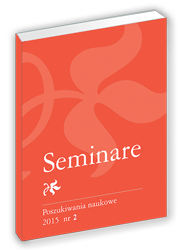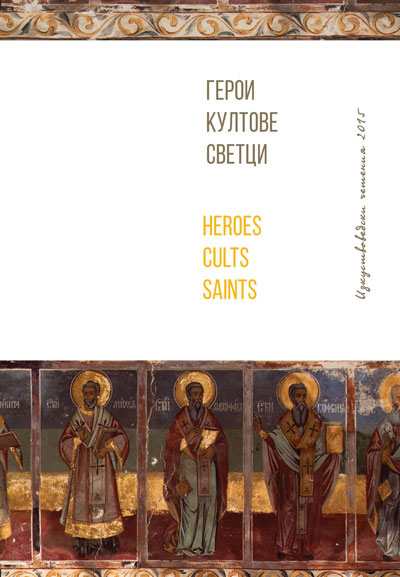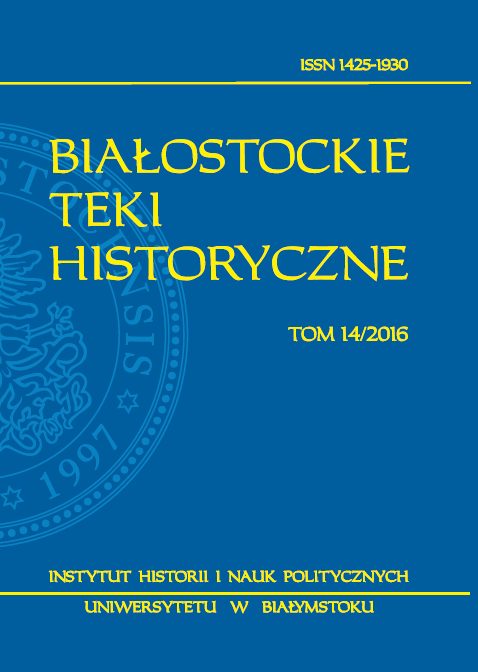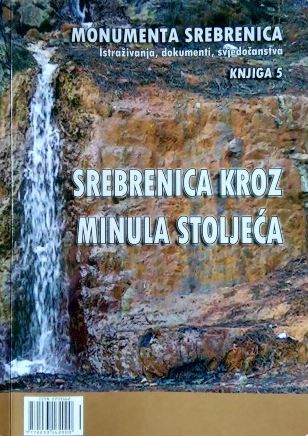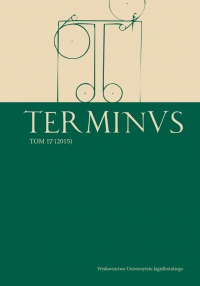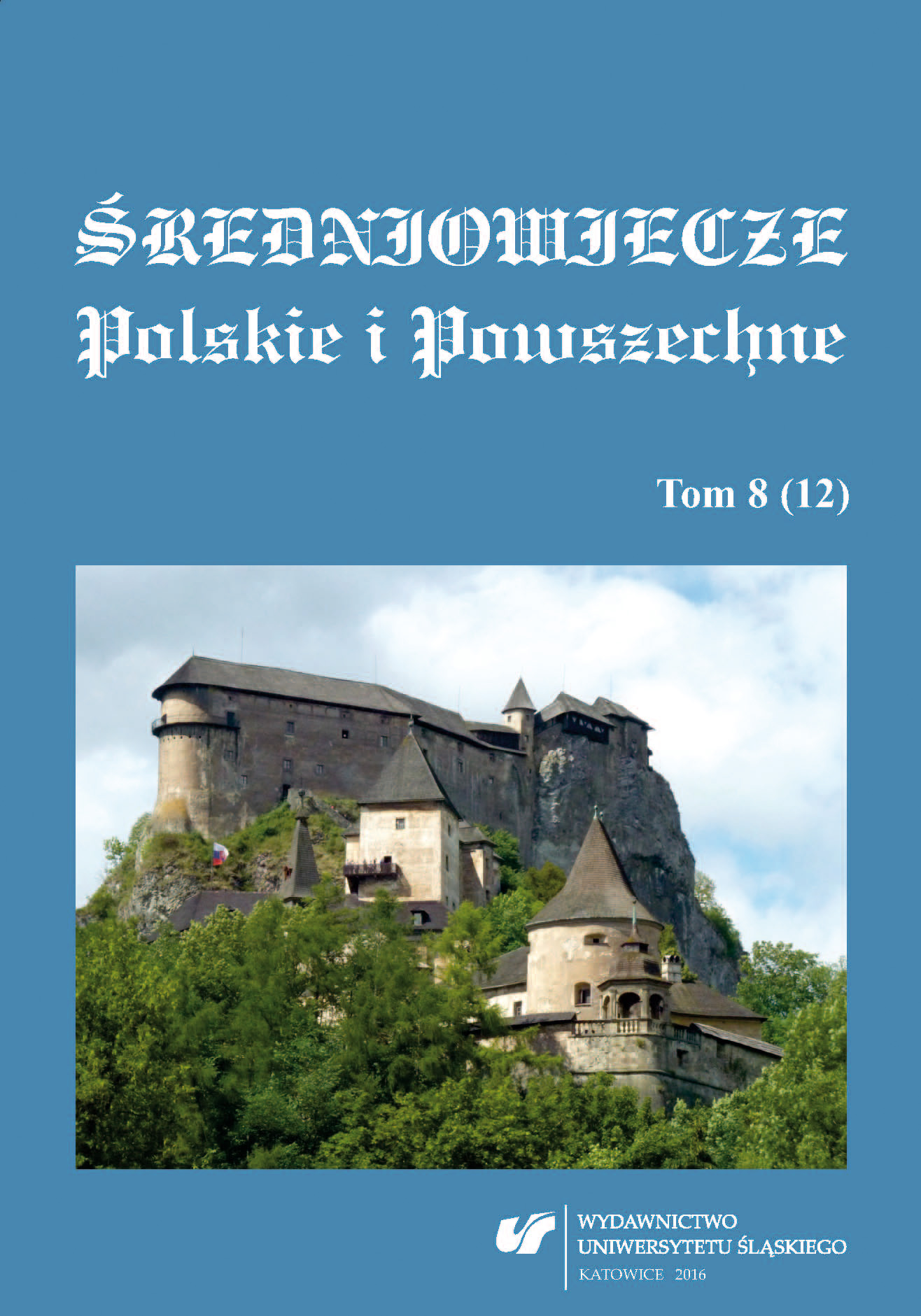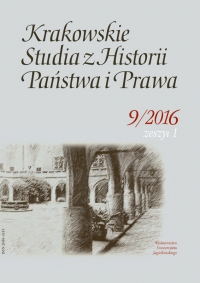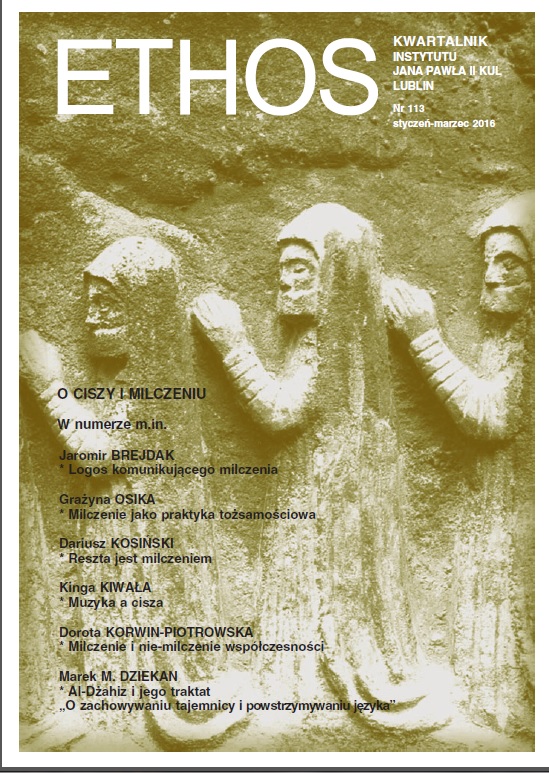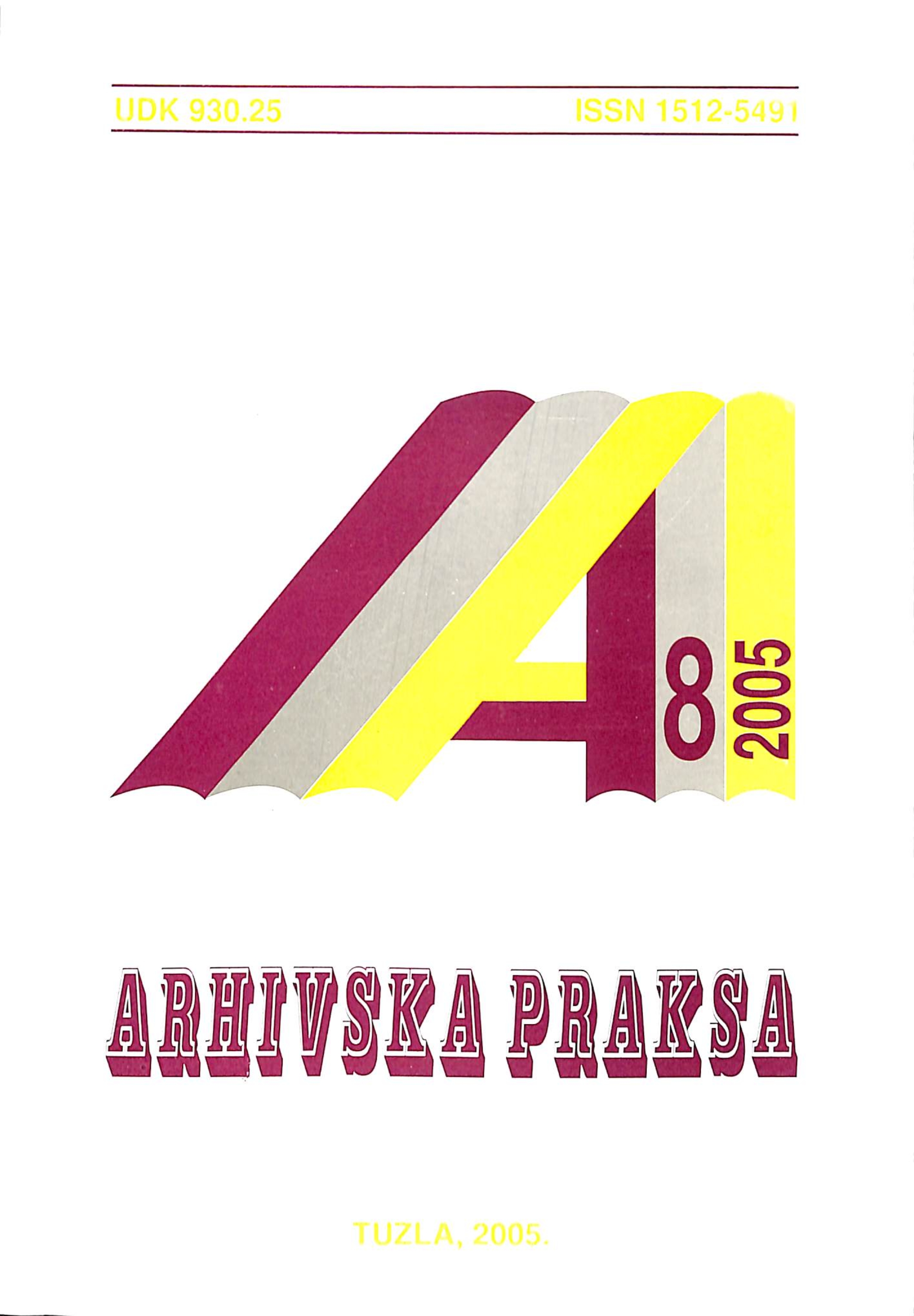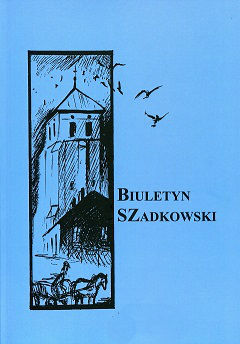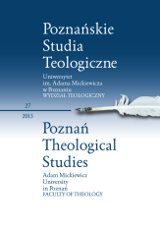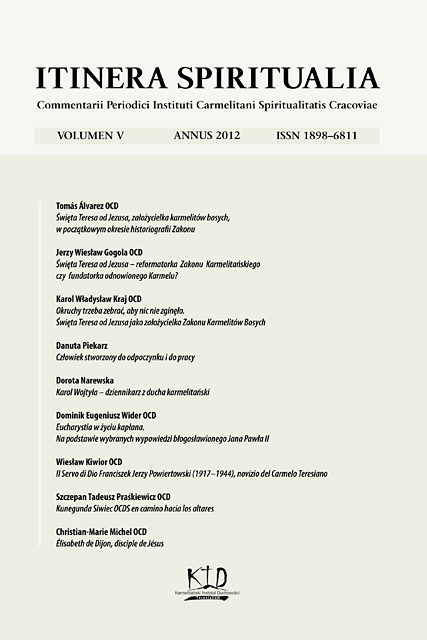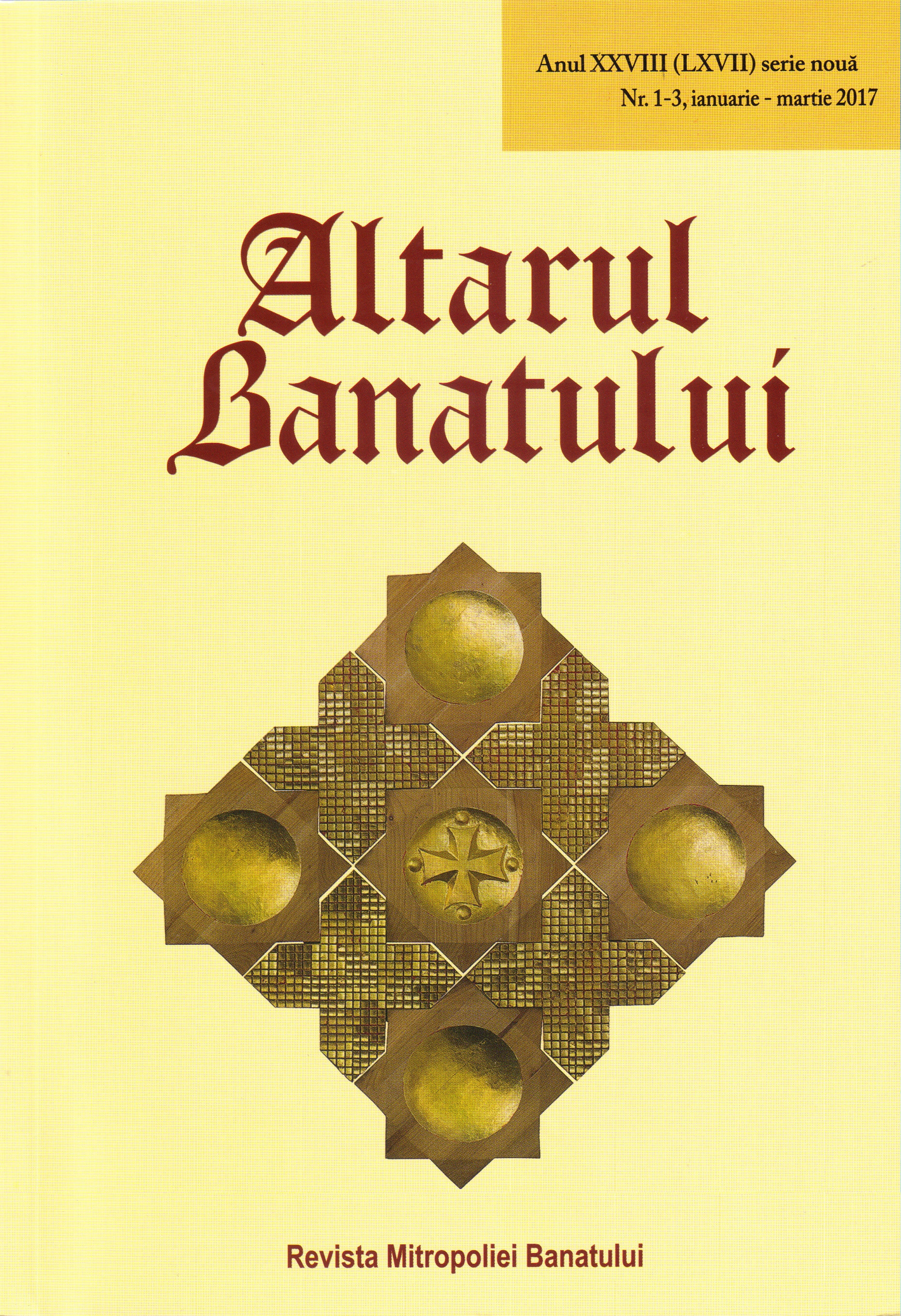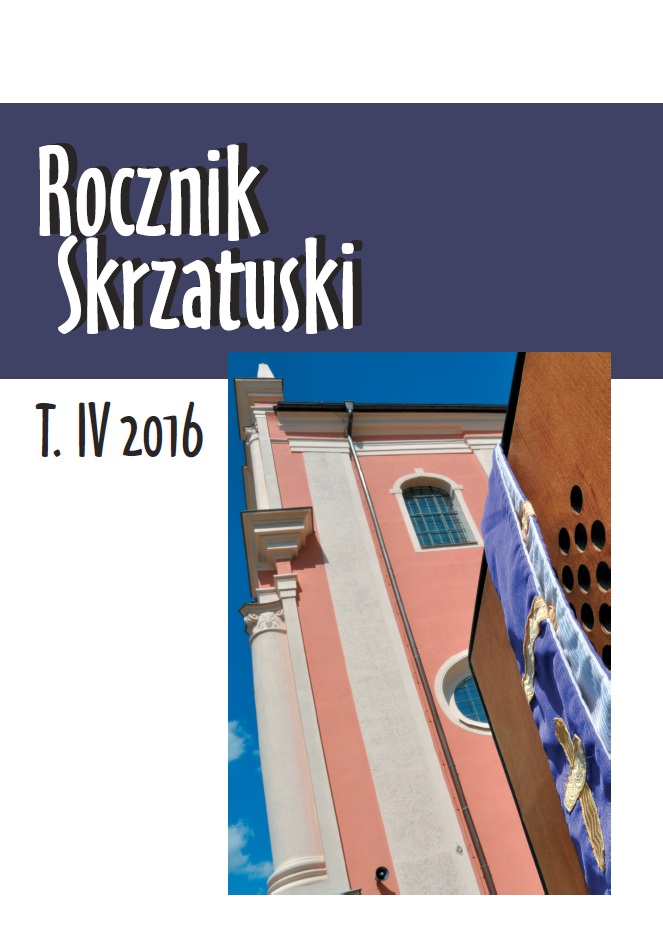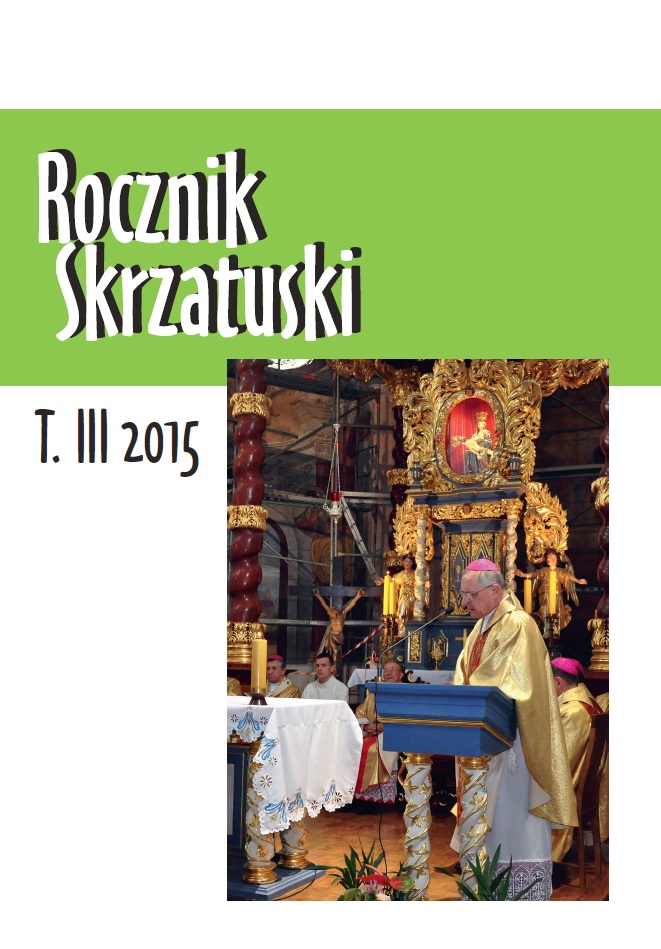Author(s): Jerzy Rajman / Language(s): Polish
Issue: 12/2016
The author discusses the issue of the relationship between the Cistercian abbeys and the borderlands understood as the land located along the border, at the frontier between different settlement spheres, e.g. settled and unsettled land, or in the vicinity of state borders. Moreover, the author seeks to answer the question concerning the strong emphasis on the civilizing mission present in a poem by a monk from Lubiąż.
In his discussion of the foundation process with regard to the Cistercian Order in Hungary, Bohemia and Poland, the author concludes that there exists considerable amount of information concerning the process of obtaining unsettled land by the Cistercians. He enumerates the following abbeys regarded as exceptional centers of expansion: Heiligenkreuz, Zirc, Szentgotthárd, Cârţa (Kerc), Spišský Štiavnik (Savnik), Plasy, Pomuk, Osek, Nížkov, Žďár, Vyšši Brod, Zlata Koruna, Velehrad, Vizovice, Lubiąż, Wąchock, Henryków, Kamieniec Ząbkowicki, Rudy, Doberlug, Zemsko, Ludźmierz. Moreover, he emphasizes the significance of woodlands among all the lands granted to the Order. The forest, as a place of seclusion and wilderness, plays an important role in the Cistercian ideals; however, there exist numerous examples of vigorous colonization of forests by the Order. As the author notes, the fact that the Lubiąż Abbey was granted and accepted vast areas of woodland in six different locations (seven thousand fiefs total) was not dictated by the necessity of ensuring the abbey’s survival. On the contrary, the underlying reason was the desire for further expansion and the construction of new monasteries. Those successes, in turn, helped to construct the myth of the significant role of the Cistercians as the colonizers of the borderlands. In the case of Lubiąż, the myth was further strengthened by the existence of the famous cell abbeys founded in the 13th century.
More...
